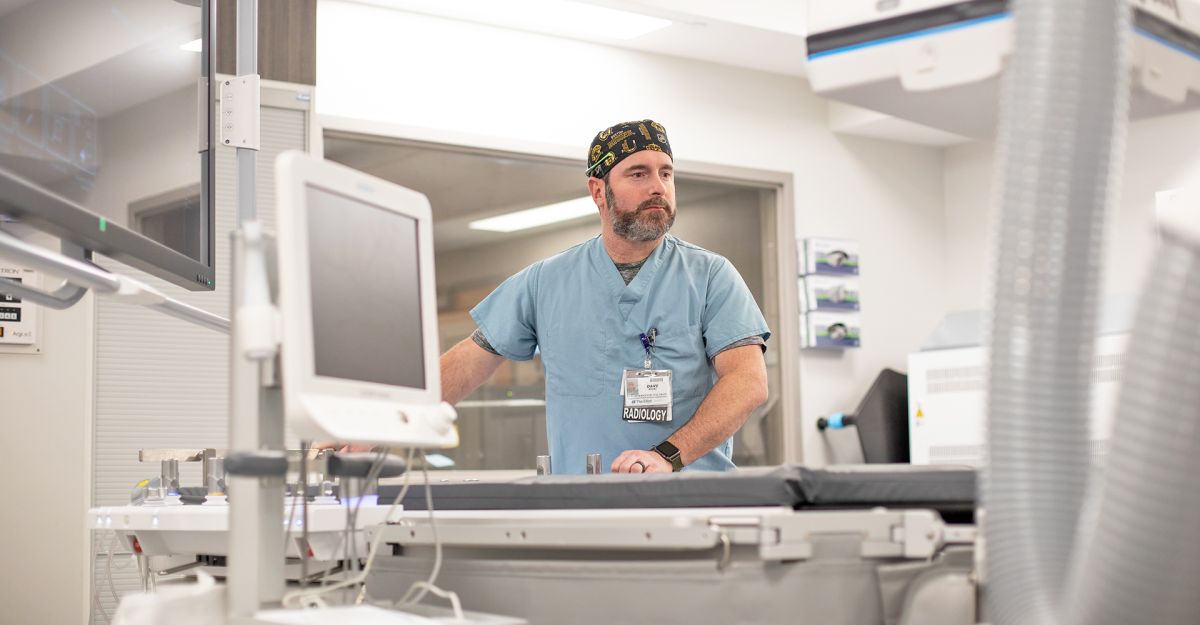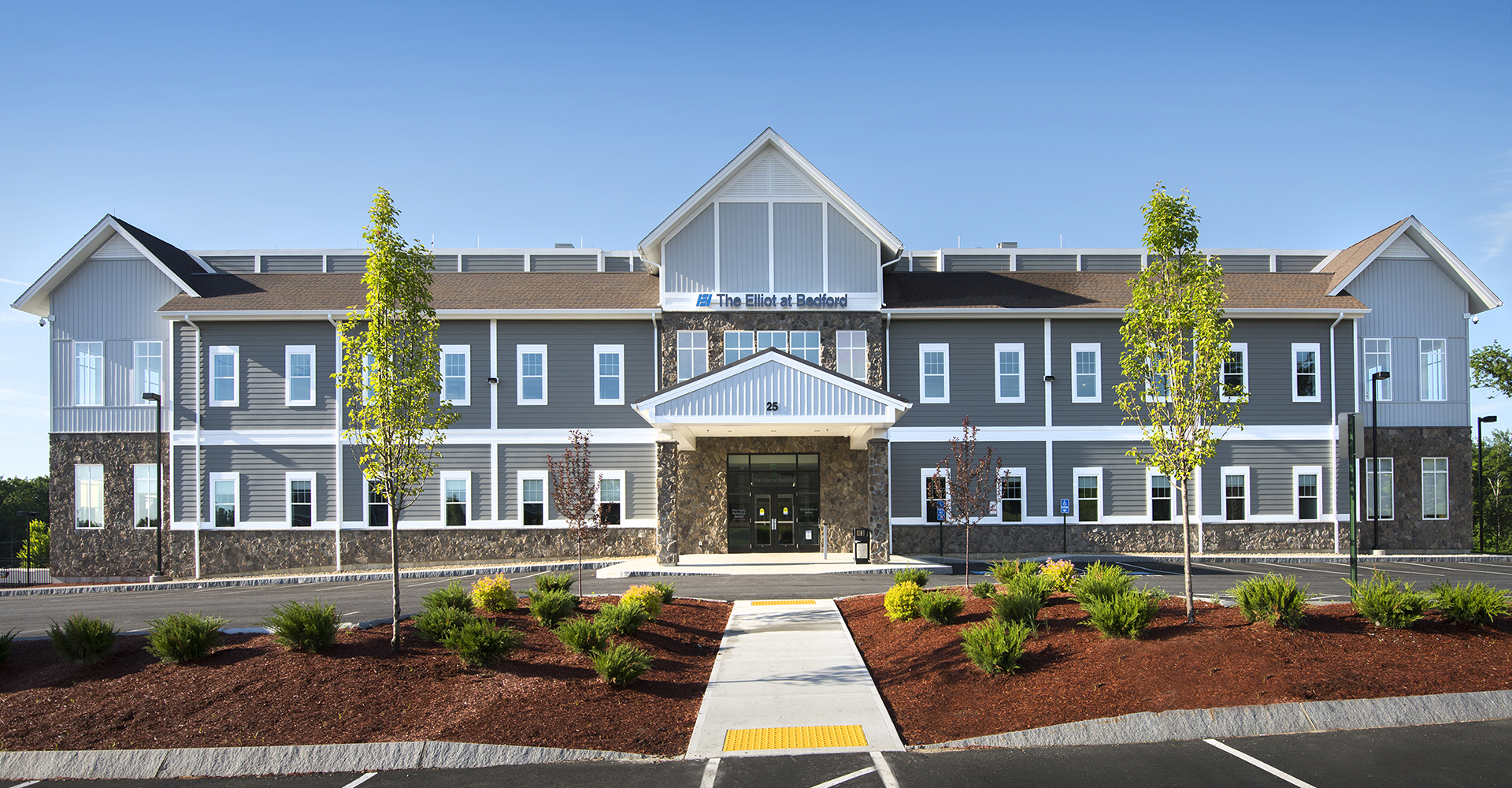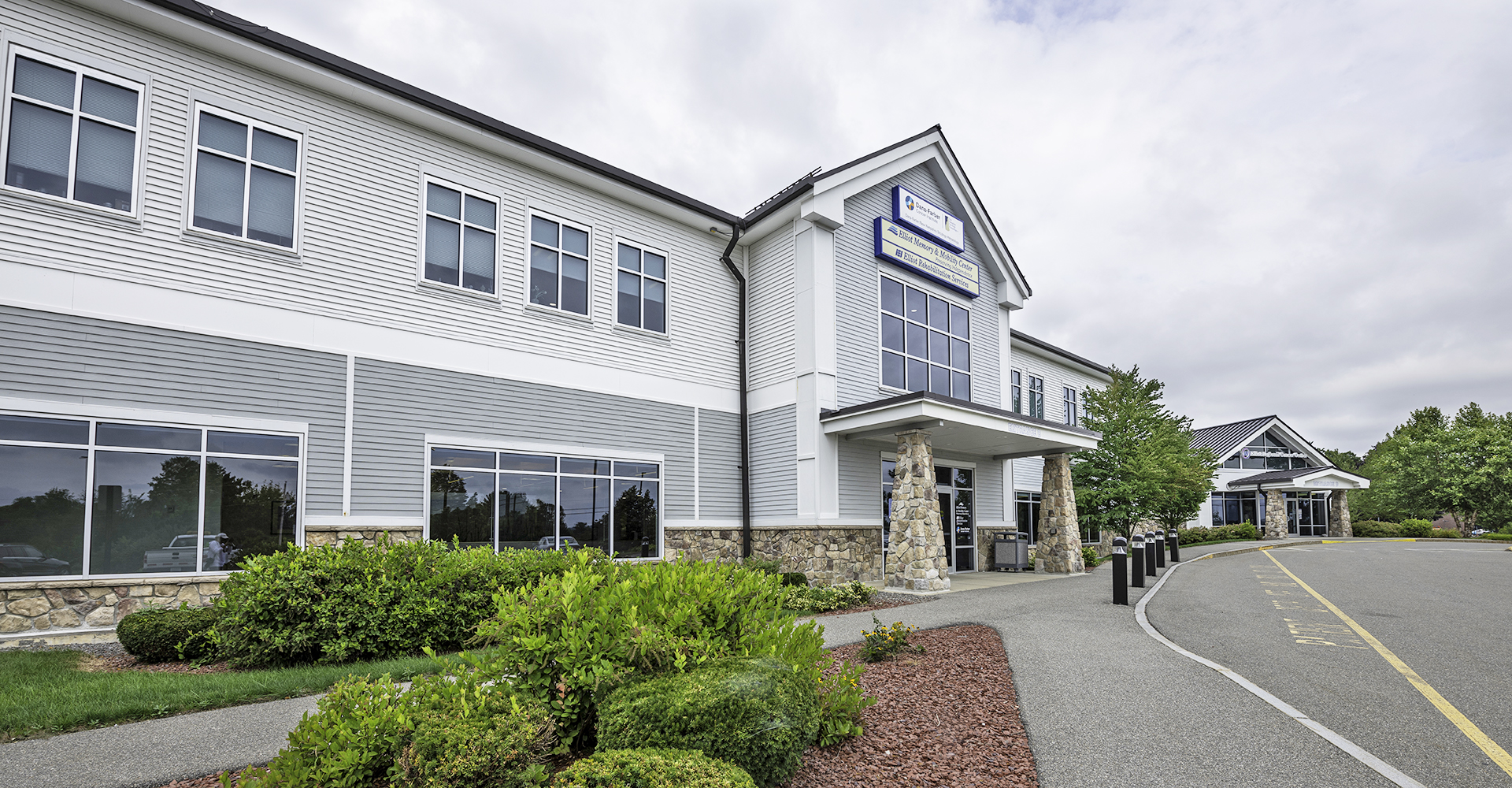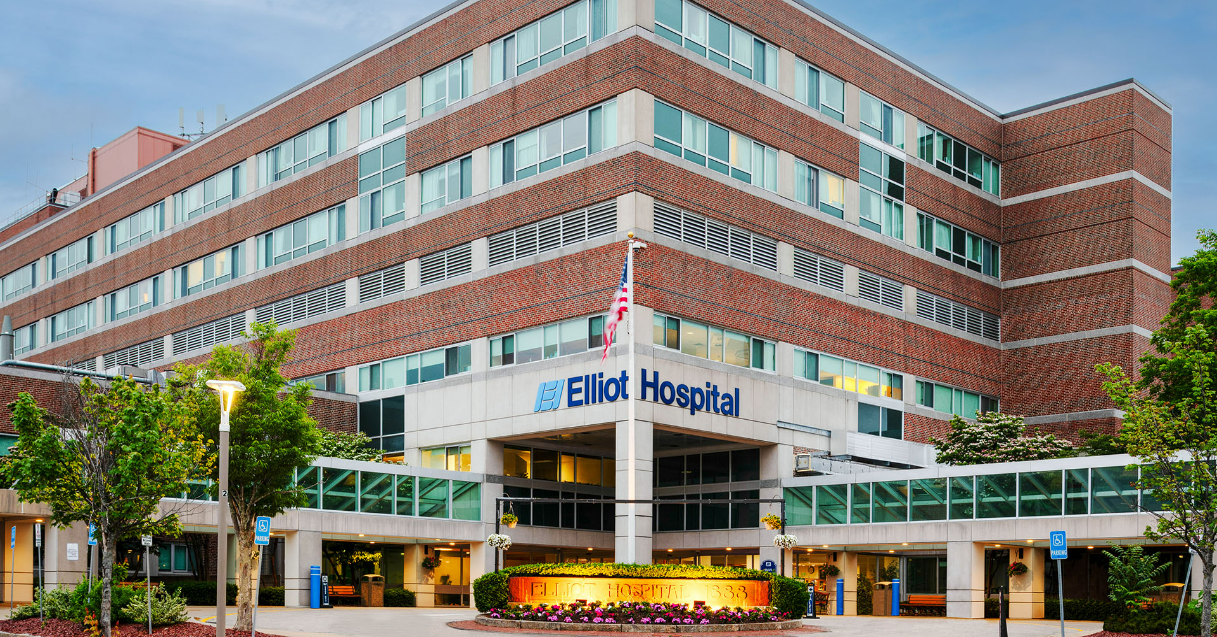CT Scan
A CT scan has many uses but is particularly well-suited to quickly examine people who may have internal injuries from car accidents or other types of trauma and other diseases and injuries.

A CT scan has many uses but is particularly well-suited to quickly examine people who may have internal injuries from car accidents or other types of trauma and other diseases and injuries.
A computerized tomography (CT) scan combines a series of X-ray images taken from different angles around your body and uses computer processing to create cross-sectional images (slices) of the bones, blood vessels, and soft tissues inside your body. CT scan images provide more detailed information than plain X-rays do.
Depending on which part of your body is being scanned, you may be asked to:
A special dye called contrast is needed for some CT scans to help highlight the areas of your body being examined. You may ingest the contrast orally by drinking it or by injection, depending on the area of your body being scanned.
CT scan services have many benefits that outweigh any small potential risk. Protocols are designed to use the lowest radiation dose possible to obtain the needed medical information. Also, newer, faster machines like the ones at the Elliot require less radiation than was previously used. Talk with your doctor about the benefits and risks of your CT scan.
A special dye called contrast material is needed for some CT scans to help highlight the areas of your body being examined. The contrast material blocks X-rays and appears white on images, which can help emphasize blood vessels, intestines or other structures.
Contrast material might be given to you:
To drink. If your GI is being scanned, you may need to drink a liquid that helps define your stomach and intestinal track
By injection. Contrast agents can be injected through a vein in your arm to help visualize blood vessels, spleen, urinary tract, or liver on the images. You may experience a feeling of warmth during the injection or a metallic taste in your mouth
If you have been scheduled for a CT scan of your Spine you will be asked to arrive 15 minutes prior to your appointment time. We recommend dressing in loose comfortable clothing and leaving as many personal belongings at home as possible. Metal objects may affect image quality and should be removed prior to your exam or left at home.
If you have been scheduled for a CT scan of your Head you will be asked to arrive 15 minutes prior to your appointment time. We recommend dressing in loose comfortable clothing and leaving as many personal belongings at home as possible. Metal objects, including jewelry, eyeglasses, dentures and hairpins, may affect the image quality and should be removed prior to your exam or left at home.
If you have been scheduled for a CT scan of your Abd and or Pelvis you will be asked to arrive 1 hour prior to your appointment time particularly if your exam include Oral and IV contrast. Before the procedure, a technologist will insert an intravenous (IV) catheter into a vein, usually in your arm or hand. Occasionally, a small amount of blood may be withdrawn through the catheter to test your kidney function. We recommend dressing in loose comfortable clothing and leaving as many personal belongings at home as possible. Metal objects, including clothing with beads, metal sequins, belts and zippers should be removed as they may cause streaking across the images.
If you have been scheduled for a CT scan of your Urinary system you will be asked to arrive 1 hour prior to your appointment time particularly if your exam includes Oral and IV contrast. Before the procedure, a technologist will insert an intravenous (IV) catheter into a vein, usually in your arm or hand. Occasionally, a small amount of blood may be withdrawn through the catheter to test your kidney function. We recommend dressing in loose comfortable clothing and leaving as many personal belongings at home as possible. Metal objects, including clothing with beads, metal sequins, belts and zippers should be removed as they may cause streaking across the images.
If you have been scheduled for a CT vascular exam you will be asked to arrive 30 minutes prior to your appointment. When you arrive you may be asked to complete a CT contrast questionnaire to ensure your safety during this procedure. Before the procedure, a technologist will insert an intravenous (IV) catheter into a vein, usually in your arm or hand. Occasionally, a small amount of blood may be withdrawn through the catheter to test your kidney function. We recommend dressing in loose comfortable clothing and leaving as many personal belongings at home as possible. Metal objects, including clothing with beads, metal sequins, belts and zippers should be removed as they may cause streaking across the images.
If you have been scheduled for a CT Enterography study you will be asked to arrive 1 hour prior to your appointment time. You will be asked to not eat anything for at least 5 hours prior to your exam. Before the procedure, a technologist will insert an intravenous (IV) catheter into a vein, usually in your arm or hand. Occasionally, a small amount of blood may be withdrawn through the catheter to test your kidney function. We recommend dressing in loose comfortable clothing and leaving as many personal belongings at home as possible. Metal objects, including clothing with beads, metal sequins, belts and zippers should be removed as they may cause streaking across the images.
If you have been scheduled for a CT scan of your Sinuses, you will be asked to arrive 15 minutes prior to your appointment time. We recommend dressing in loose comfortable clothing and leaving as many personal belongings at home as possible. Metal objects, including jewelry, eyeglasses, dentures and hairpins, may affect the image quality and should be removed prior to your exam or left at home.

The Elliot at Bedford
25 Leavy Drive
Bedford, NH 03110
603-472-1772
More Details

The Elliot at River's Edge
185 Queen City Avenue
Manchester, NH 03101
603-663-3000
More Details

The Elliot at Londonderry
40 Buttrick Road
Londonderry, NH 03053
603-669-5300
More Details

Elliot Hospital
1 Elliot Way
Manchester, NH 03103
603-669-5300
More Details